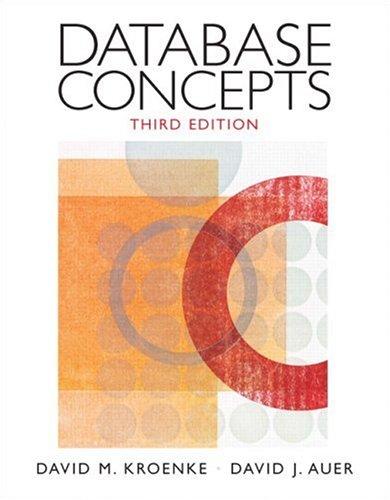Question
please just answer 3 & 4 question. The edge costs depicted below is an approximation towards the transmission cost between any pair of nodes. For

please just answer 3 & 4 question. The edge costs depicted below is an approximation towards the transmission cost between any pair of nodes. For heuristic design, consider all the possible paths between any arbitrary node n to the goal node. The average of the total transmission cost across all these paths is the heuristic value h(n). Evaluations will be based on the following. 3. Print the minimum connections that keeps the whole network up and running. For each incremental depth limit, corresponding node generating sequence should be legibly printed in the result. 4. Include code in your implementation to calculate the space complexity and time complexity and print the same.
Problen statement Given below are the shmred and distributed servers placed at various locations in your city. Now imagine it to be in a orisis and you have been asked to compromise same communication lines and keep a minimum number of connections to keep the network up and going. You are required to find the sub set of connections for your work to go un-interrupled. Use the following algorithms to find the minimum nerwork eonnections possible and belp the network agent. a. Depth First Search and b. A Agorithm Note 1: The edge costs depicted below is an approximation towards the transmission cost beiween any pair of nodes. For heuristie design, consider all the possible palts between any arbitrary node n to the goal node. The average of the total transmission cost across all these parths is the heuristic value h(n). Evaluations will be based on the following. 1. Explain the PEAS (Performance messure, Environmenl, Actuator, Sensor.) for your agent. (20\% marks) 2. Use Depitu First Search and A Searah implement the algarithms in PYTHON. Tlie program should be able to take-in stant und goal nodes dynumieally from the user at run time. Compare to interpret the resulis in terms of thealgoritum working: performanoe \& shanest parh if obsained relevant to the given problem. (20%+20% =40% maks) 3. Print die mininum consections that koeps the whole network up and running. For etah incremental depth limit, corresponding node generating sequenee should be legibly printed in the result (20\% marks) 4. Inslude code in your implementalion to ealculate the space complexity and time complexiry and priut the sime. (20\% marks) Note 2 - You are provided will the pylhen notetrook template which stipnlates the structure ofStep by Step Solution
There are 3 Steps involved in it
Step: 1

Get Instant Access to Expert-Tailored Solutions
See step-by-step solutions with expert insights and AI powered tools for academic success
Step: 2

Step: 3

Ace Your Homework with AI
Get the answers you need in no time with our AI-driven, step-by-step assistance
Get Started


